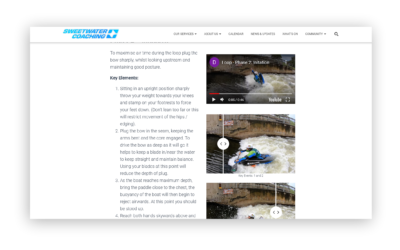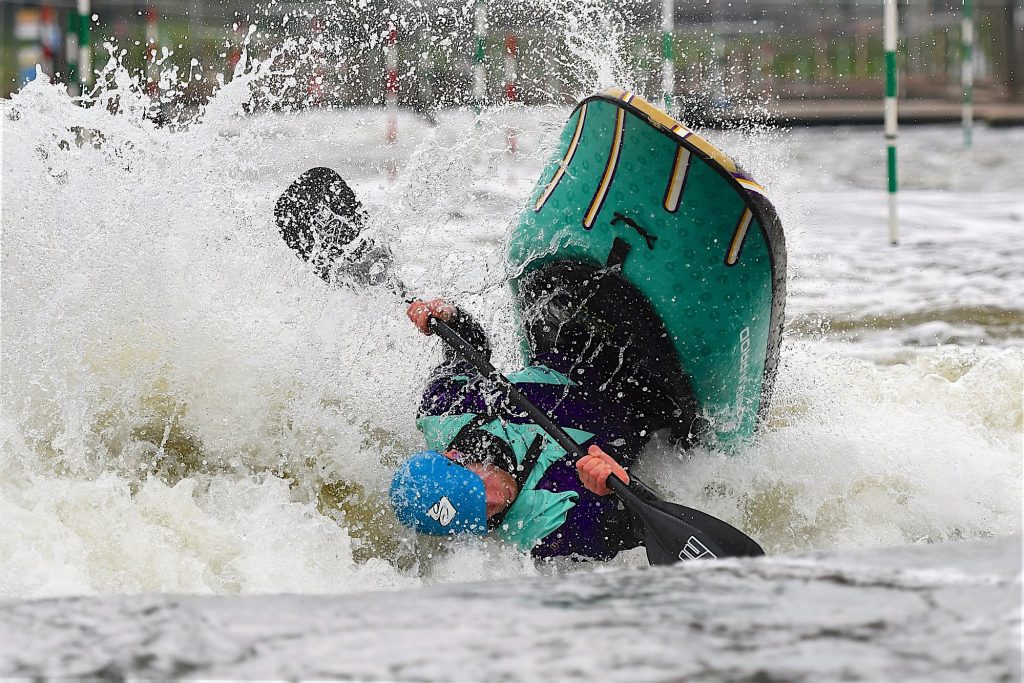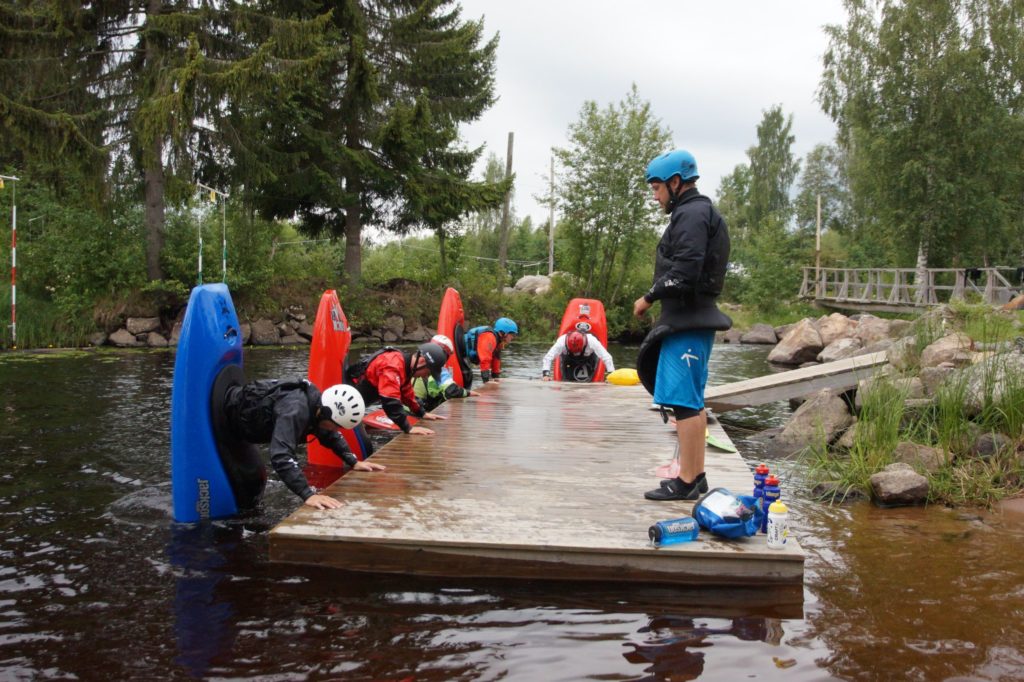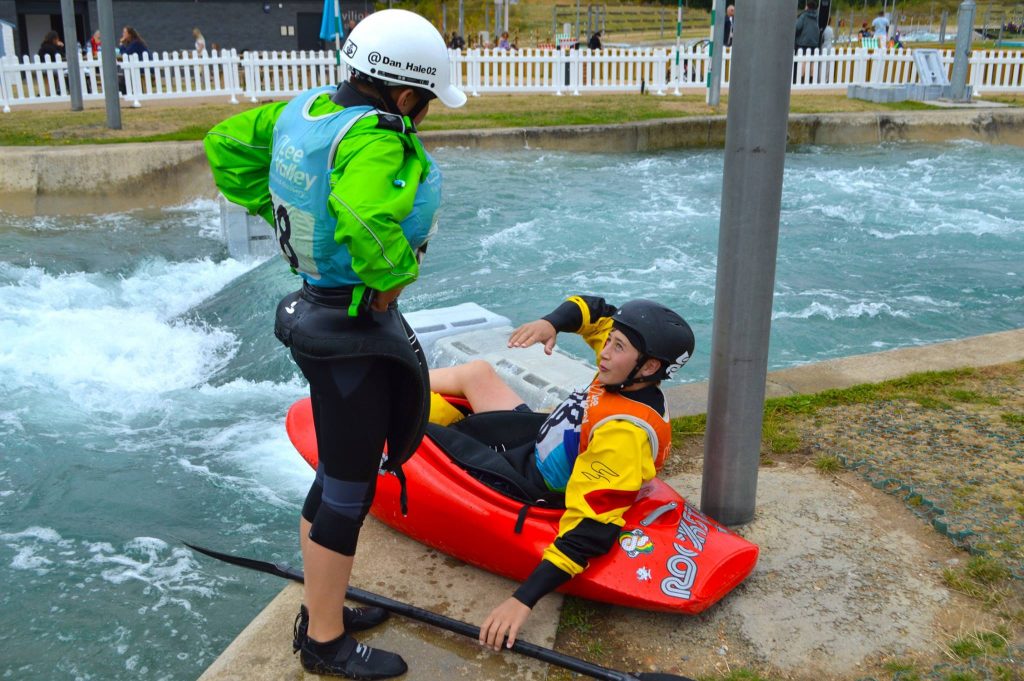Welcome to Sweetwater Skills…
Paddlesport is in a constant state of evolution whether it’s new tricks, combinations, techniques or tactics. That’s why we aim to keep you up to date with these latest developments. This is a community resource which aims to provide helpful insights into coaching practices and tips to improve and enhance your skill development.
Sweetwater Coaching respects and values the paddlesport global communities opinions, if you have any requests for future topics or feedback then please contact us.
How to use Sweetwater Skills
Sweetwater Skills content aims to utilise four key environments to develop your skills that form a sliding continuum, these are Home, Land-based, Flat-water and Moving-water.
Home (Webpages)
Start by reading through the trick descriptions whilst referring to the picture sequence, and then watch the video a few times to get an understanding of the key concepts around the trick, body positions and movements.
To help you do this we have split each skills into key phases typically called; Set-up, Initiation, Take-off/Release, and Recovery. Each of these Phases is further broken down into key elements, that are critical to the performance of that phase.

Land-based
Once you have a good understanding of the technical requirements and a picture of the movement in your head you can start to rehearse the manoeuvre at home or outside before you hit the water. Try to visualise the feature you are going to perform the move on in your mind. The next step is to see yourself in the image performing the trick like the demonstration in the video clip (you can superimpose yourself over the paddler or see it through your own eyes as you perform the manoeuvre). Finally comes physically practicing the manoeuvre. Start with performing the whole manoeuvre in real-time, after this you can then practice each of the 4 phases in isolation at a pace that suits your needs. When you’re happy, complete the whole sequence in real-time again.
Flat-water
It’s time to hit the water! Rehearse the manoeuvre on the flat, this is a great way of practicing the important technical requirements of the move without having all the additional distractions of white water. As you rehearse the manoeuvre you can imagine you are in a white-water environment setting up, initiating and so on… By doing this you can learn the techniques whilst preparing yourself for the additional demands of white water.
Moving-water
This is the moment you’ve been waiting for – it helps here to have a progressive structure for acquiring the manoeuvre. Start with the initial set-up for the manoeuvre, then shift focus to getting the initiation right, before working on the release/momentum and recovery. Once you have all these elements working, start to groove the skills, remembering to practice on both sides throughout the process.
One last thing, aim to do your thinking in the eddy – prep for the manoeuvre, and then let it happen. If you don’t attain the move reflect and target the area to be changed and go again.
We would like to take this opportunity in wishing you all the best in your endeavours…see you out there.



You must be logged in to post a comment.